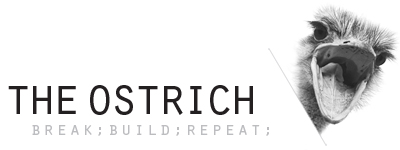According to research, exposure to blue light near bedtime is bad.
Twilight is a simple app that makes your device screen adapt to the time of the day. Using the app is like applying a red filter to the screen, filtering emitted blue light from reaching your eyes. The app uses your location, to adjust the filter intensity to the sun cycle, based on local sunset and sunrise times.
App Highlights is a recurring series. From time to time, I highlight one Android app that I found useful. Feel free to suggest apps for me to highlight, but be advised that I focus on apps that I actually use.










